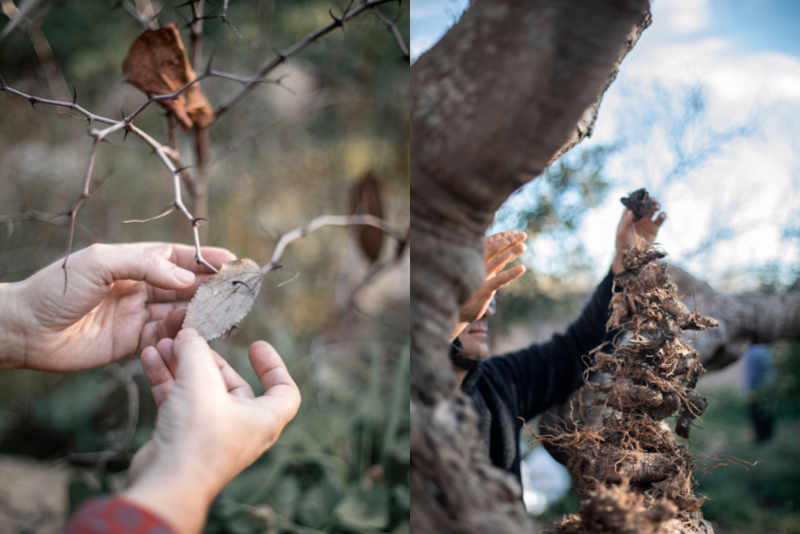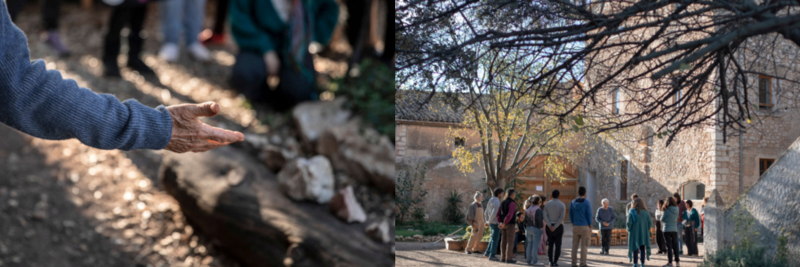On 13th and 14th of January 2023, as part of the Cycle of the 7 Arts presented by Escuela Cultura of the Fundació Sa Llavor “The path of the human being through the arts”, we were able to experience the Art of Sculpture with Rudolf Kaesbach.
In the path of the human being through the arts, sculpture offers revealing images of its relationship with the processes of time, movement and vital forces, qualities that we were able to experience in an experiential and creative process, through modelling, group eurythmic movement and the creation of sculptures with natural elements.

In the artistic stages of the history of art, the inner movement and soul forces of the human being become visible.
Egyptian statues remained static and immobile for thousands of years. This primordial origin was transformed into a more fluid and flexible expression in Greek culture.

Greek sculpture went through three evolutionary stages, from the archaic, the seed of movement, through the classical, where the forces of contraction and expansion, action and repose and the subtleties of expression reached the highest degree of perfection, to Hellenism, where movement became an immoderate expression.
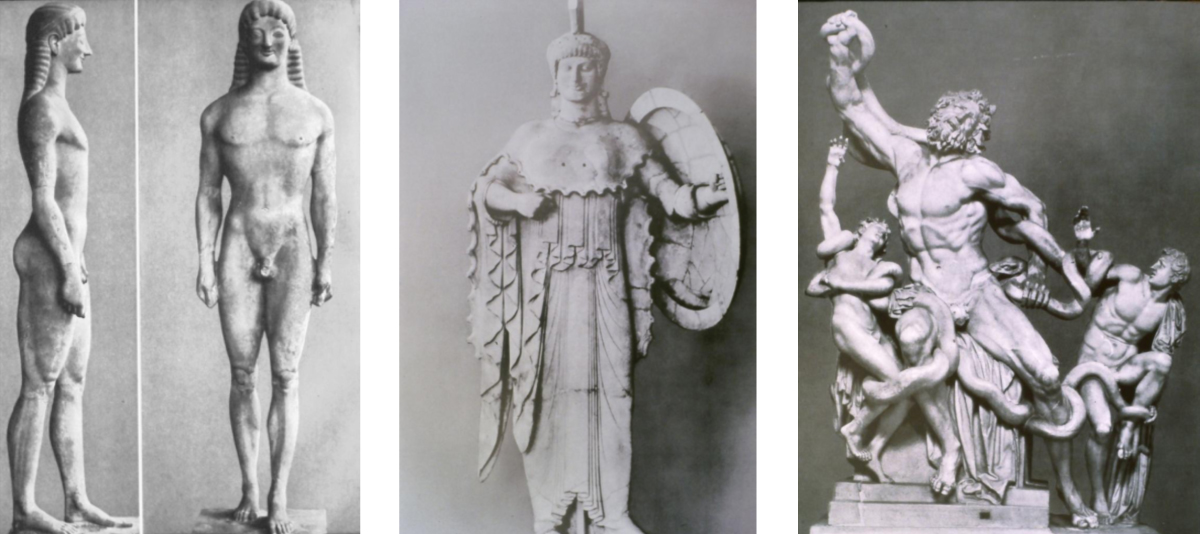
In the workshop we explore the qualities of sculpture starting from a primordial form modelled in clay, creating a sequence of transformation, a form that grows and transforms over time, to arrive at a figure that in itself is both conclusion and origin.
The dialogue between the forces of expansion and contraction, gravity and lightness, emptiness and fullness, the dynamism and repose of forms, form the basis for a balanced and harmonious sculpture.

The culmination of a process is always a beginning.

Through eurythmic movement we experience the hidden forms of nature that underlie the gesture of classical and modern sculpture, movements that contain the fluidity of water, cycles of eternal return.
We observe the four elements, earth, water, air and fire, present in sculpture, either in isolation, or integrated and harmonised in a single work, as in the case of Michelangelo, who in his youth isolated the forms and qualities of the elements, to progressively, in an artistic process of 60 years, culminate by masterfully uniting them.
The processes of time and its transformations are found in modern sculpture, leaving behind the figurative, to focus directly on forms that seem to follow a natural impulse of growth and change.
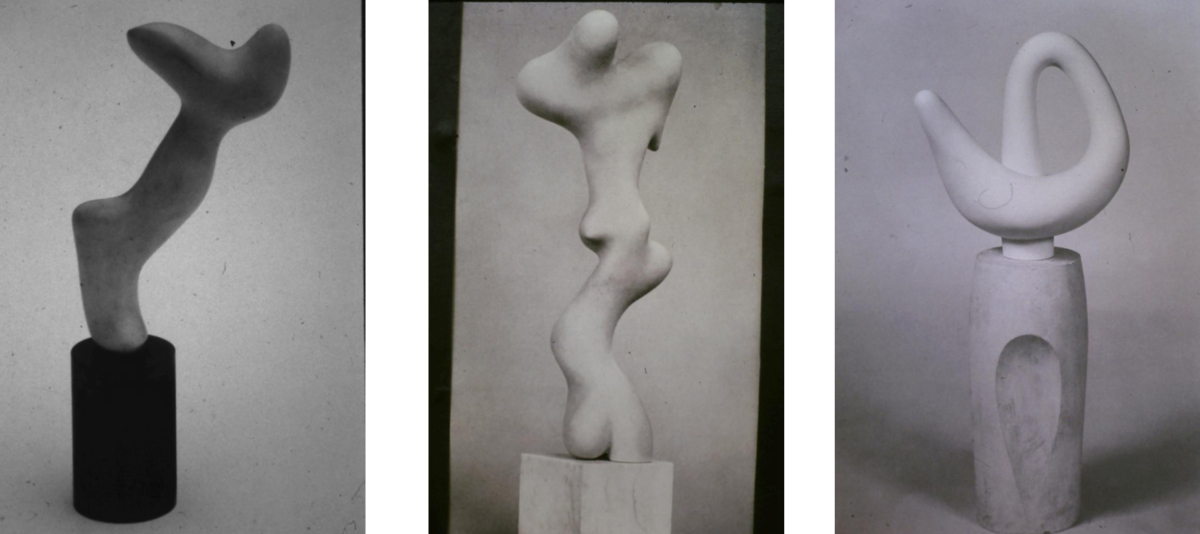
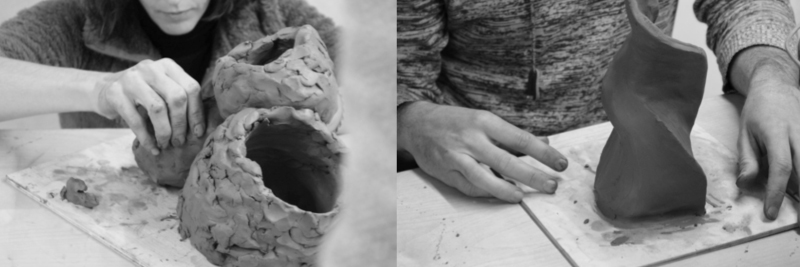
The human being, an artist by nature, perceives his environment and tends within himself to create balance, harmony and order to counteract the enormous forces of nature.
Just as megalithic constructions sought to balance the energies of the landscape with inner feelings, land art is an art form that allows us to experience this ancient creative and harmonising spirit, which can still be made visible today.
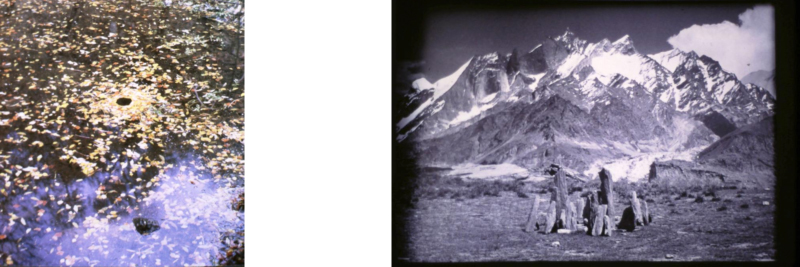
The garden of the Fundació Sa Llavor offered us the possibility of experiencing this artistic practice, where listening to and observing nature gives us the beginning of this ephemeral sculpture, as volatile as the wind, but which leaves its mark on our internal creative process.
